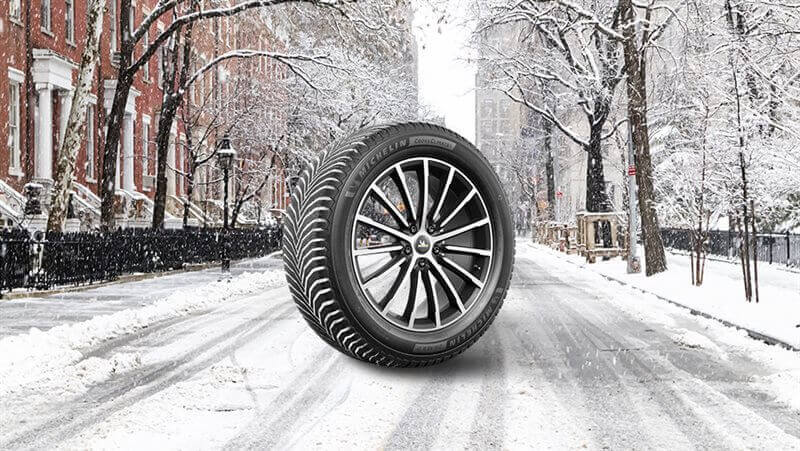Today, whether natural or synthetic, vulcanized or mechanically softened, rubber is present in virtually every sphere of our lives. From latex gloves to electrical wires and rain boots, this versatile rubber is known for its elasticity and plasticity. Originally, this substance was only derived from the sap of certain plants. Surprisingly to us, it has been in use for at least half a millennium in Central and South America.
Of course, it is only very recently that it has been democratized throughout the world. When it was first brought to Europe by colonial explorers, it was only a curiosity. However, thanks to the ingenuity of several scientists, largely from the tire industry, the material found its modern uses in the 17th and 18th centuries.
The first to recognize the usefulness of rubber in the manufacture of axles was Charles Dietz, in 1835. Without even wanting to reinvent the wheel, he equipped his “boiler tug” with wheels made of cork and rubber. The idea of the tire was born!
A few years later, in 1842, it was Charles Goodyear (no relation to the famous company) who discovered the vulcanization process. By adding sulfur to the material, he discovered that it stabilized, keeping its shape and being less affected by temperature. It is a real revolution in the world of mechanics. Only three years after the discovery of this process, Robert William Thompson invented a tire with an inner tube and filed a patent. Unfortunately, his invention was a commercial failure, but his concept remained in the minds of engineers.
When Dunlop invents the tires
Less than fifty years later, in 1887, it was John Dunlop’s invention of the modern tube tire and the founding of his company that marked the true beginning of the tire era. In fact, most of our major tire manufacturers were founded at that time. In 1892, it was the turn of the Michelin brothers, founders of the company of the same name, to enter this new market. This market quickly proved to be very lucrative and, less than forty years after the spread of the air tire, many rubber companies turned to their production. One example is the conversion of the Yokohoma Cable Manufacturing Company in 1917 (see our article on tires in Japan here).
The crazy race of technical progress that started at that time is still well embodied by companies such as Dunlop, Michelin, Goodyear or Yokohama. If these companies have been around for so long, it is because they have been able to take rubber and turn it into a true product of innovation.
Even though today the majority of rubber is synthetically created, a process refined in the 1930s, the discoveries of Dunlop and Goodyear still form the basis of tire construction. But today, how should we treat this rubber before it is used on our cars? Have you ever wondered why most tires are black? Stay tuned to our blog to learn all about how the rubber for our modern tires is made!






